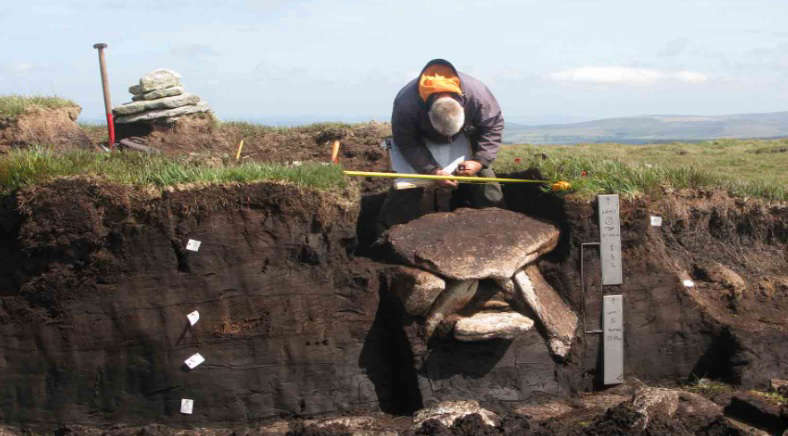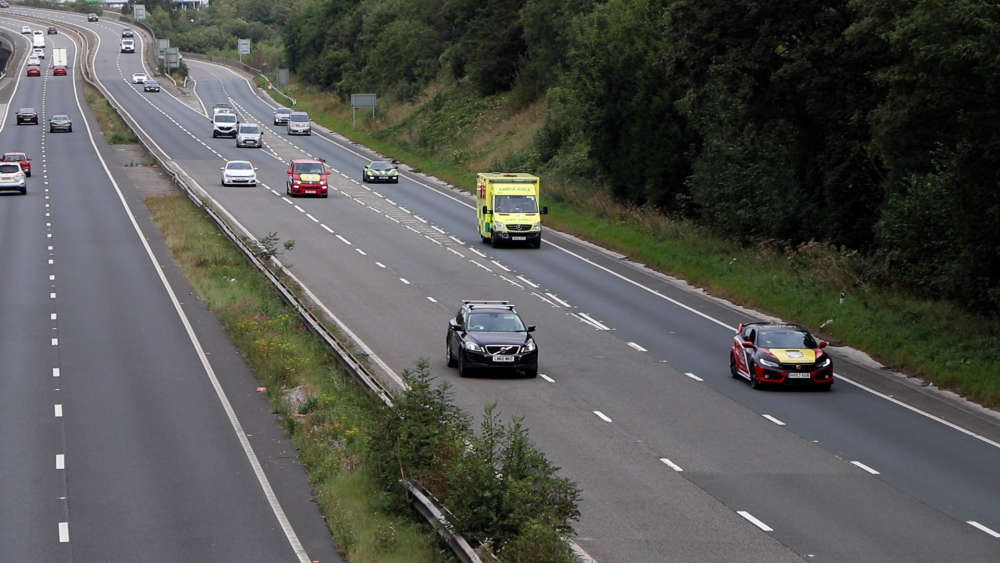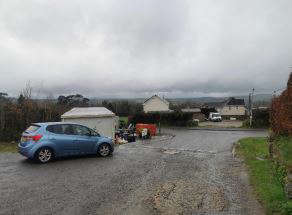
Helicopter could be needed to get burial chamber off the moor
A newly-discovered Bronze Age burial chamber on Dartmoor could shed new light on the history of Devon.
The ‘enthralling’ discovery could be as significant as the one found at Whitehorse Hill near Cranmere Pool on the north moor in 2011, which turned out to be the burial chamber of a young woman from around 1700BC.
That find was acclaimed by archaeologists around the world for the insights it gave into early Bronze Age life, and the latest discovery could be just as significant.
It is thought it could be 4,000 years old.
But archaeologists won’t know for sure until they look at it properly, and it could take a helicopter to lift it gently out of the peat to be examined by experts.
Dartmoor National Park Authority has agreed to earmark £90,000 from its reserves to underwrite the excavation, and member Andrew Cooper told an authority meeting: “There’s no gain without pain. Now we know what Whitehorse Hill did for Dartmoor, I don’t think we’ve got any other option.
“We might end up with peat on our faces because there’s nothing there, but you never know unless you try.”
The location of the new find is a closely-guarded secret, to prevent the cist, an ancient coffin or burial chamber, being tampered with before it can be examined properly. The Whitehorse Hill cist attracted worldwide publicity, and a video recreating how the woman found inside it could have lived has been seen more than 70,000 times on YouTube.
Archaeologist Dr Lee Bray told the meeting the latest cist was discovered around two years ago as the peat eroded around it. Its rarity makes it of potential international significance.
“We have every potential for this to be something quite special,” he said. “We don’t know for certain if this is a cist, but it certainly looks like one. All the evidence we have points to it being a cist from the early Bronze Age.”
The peat around it is waterlogged, meaning any clothing or artefacts inside could be very well preserved.
Dr Bray said there were three options - to leave it where it is and let nature take its course; to try to halt the erosion or to excavate.
Leaving it would be poor archaeological practice, he said, and would risk losing something of huge significance. Trying to stop the erosion would not stop the risk of air getting in and destroying the contents.
“They are deteriorating slowly as we speak,” he said.
Excavating would be costly, he said, but would be better for archaeology and better for Dartmoor.
The job would start with laser scanning of the site to determine exactly what is there, followed by cutting out the cist ‘like a piece of cake’. The structure could weigh up to 300 kilogrammes, and because the location is so far from any roads, a helicopter could be needed to airlift it off the moor.
Authority members voted unanimously to set aside the money, with the option of seeking funds from other sources including a crowdfunding drive.
Chair Pamela Woods said: “It’s so exciting. We can’t not do it.
“We are enthralled by this.”
 Agriculture in the spotlight in North Devon
Agriculture in the spotlight in North Devon
 New West Devon inspector is all about visible policing
New West Devon inspector is all about visible policing
 Budleigh Literary Festival takes author into four local schools
Budleigh Literary Festival takes author into four local schools
 General Election announcement creates Devon devolution limbo
General Election announcement creates Devon devolution limbo
 Fatal incident closes A38 through Devon
Fatal incident closes A38 through Devon
 Community hub plan thrown out
Community hub plan thrown out
